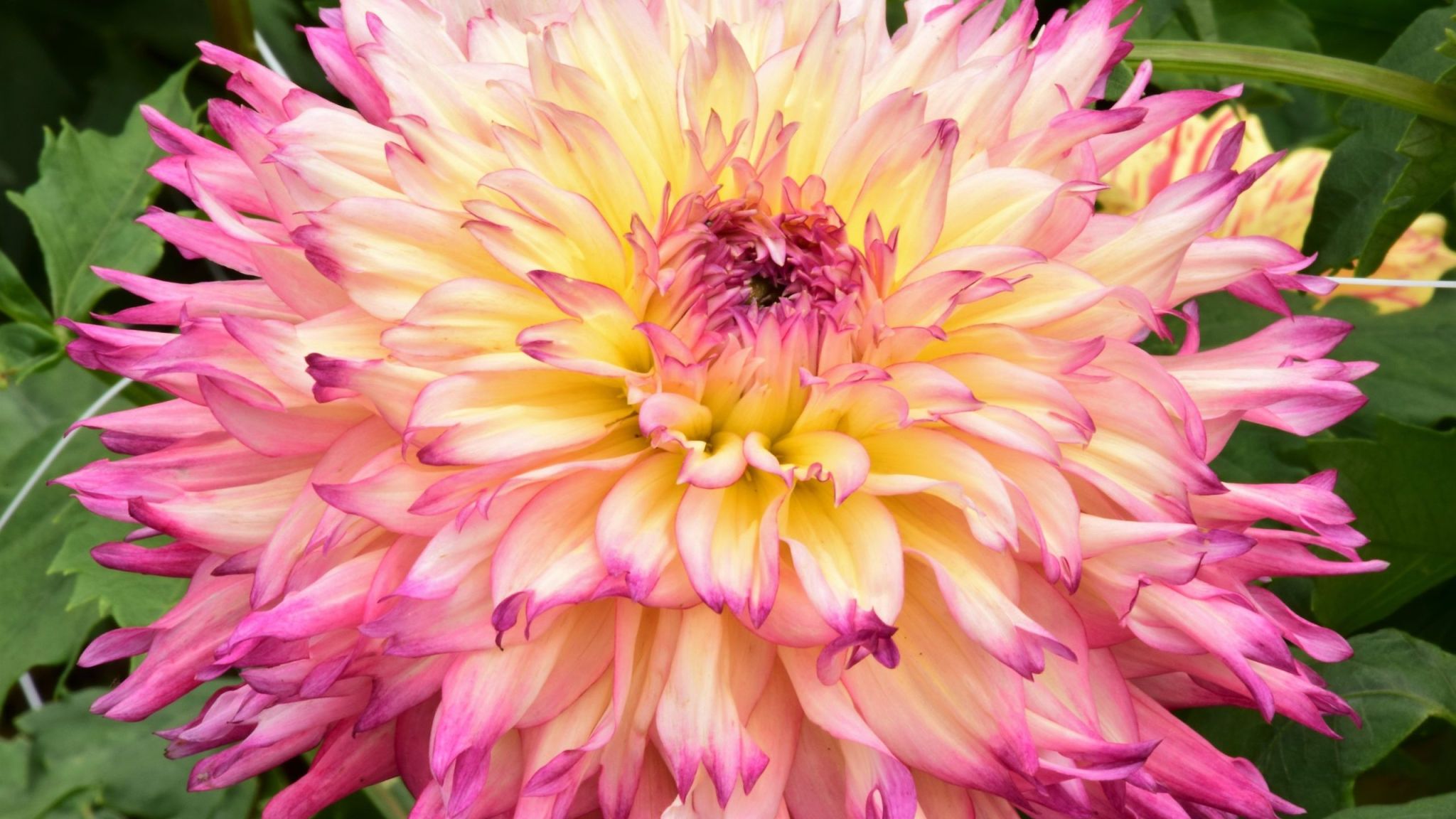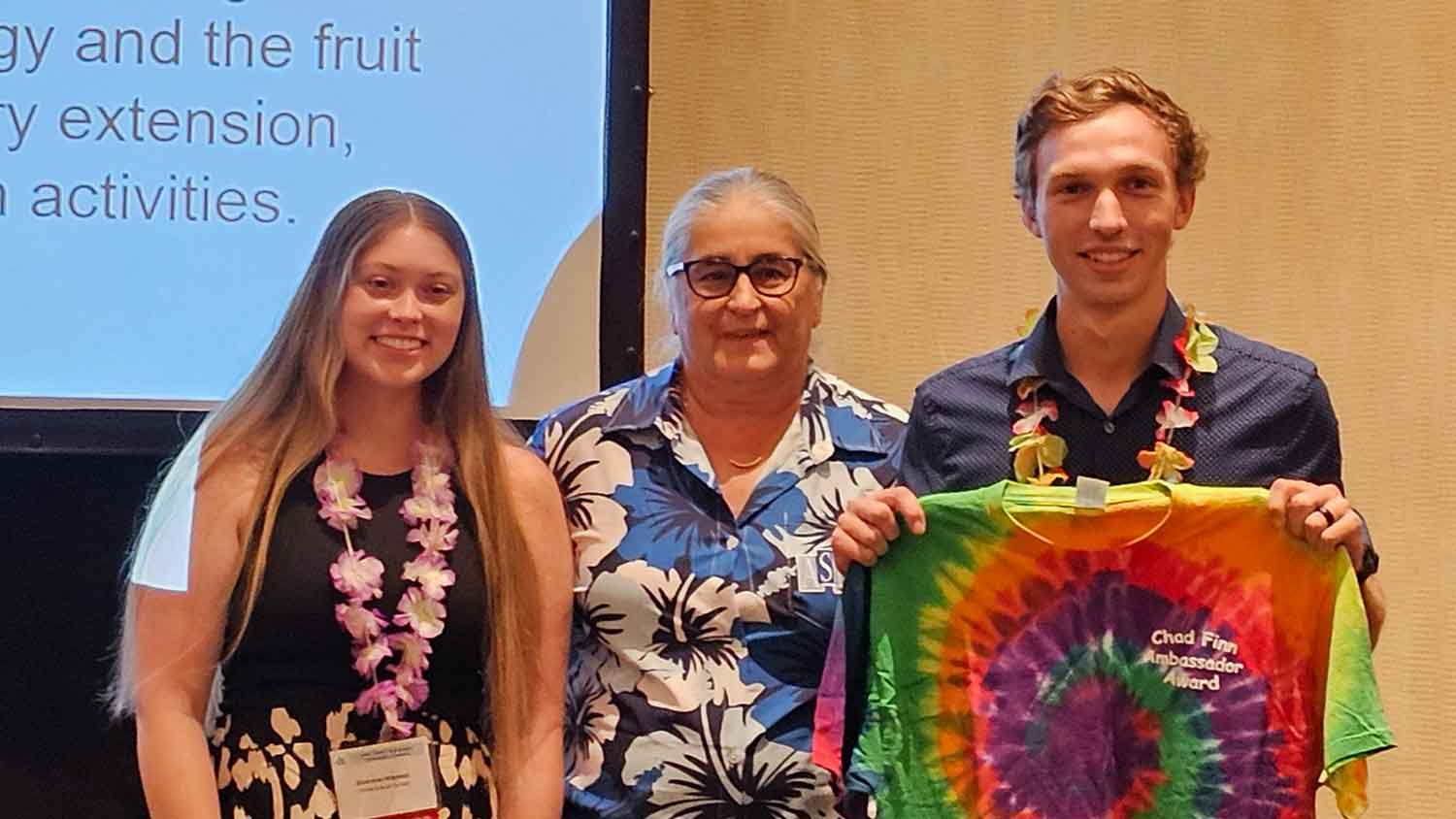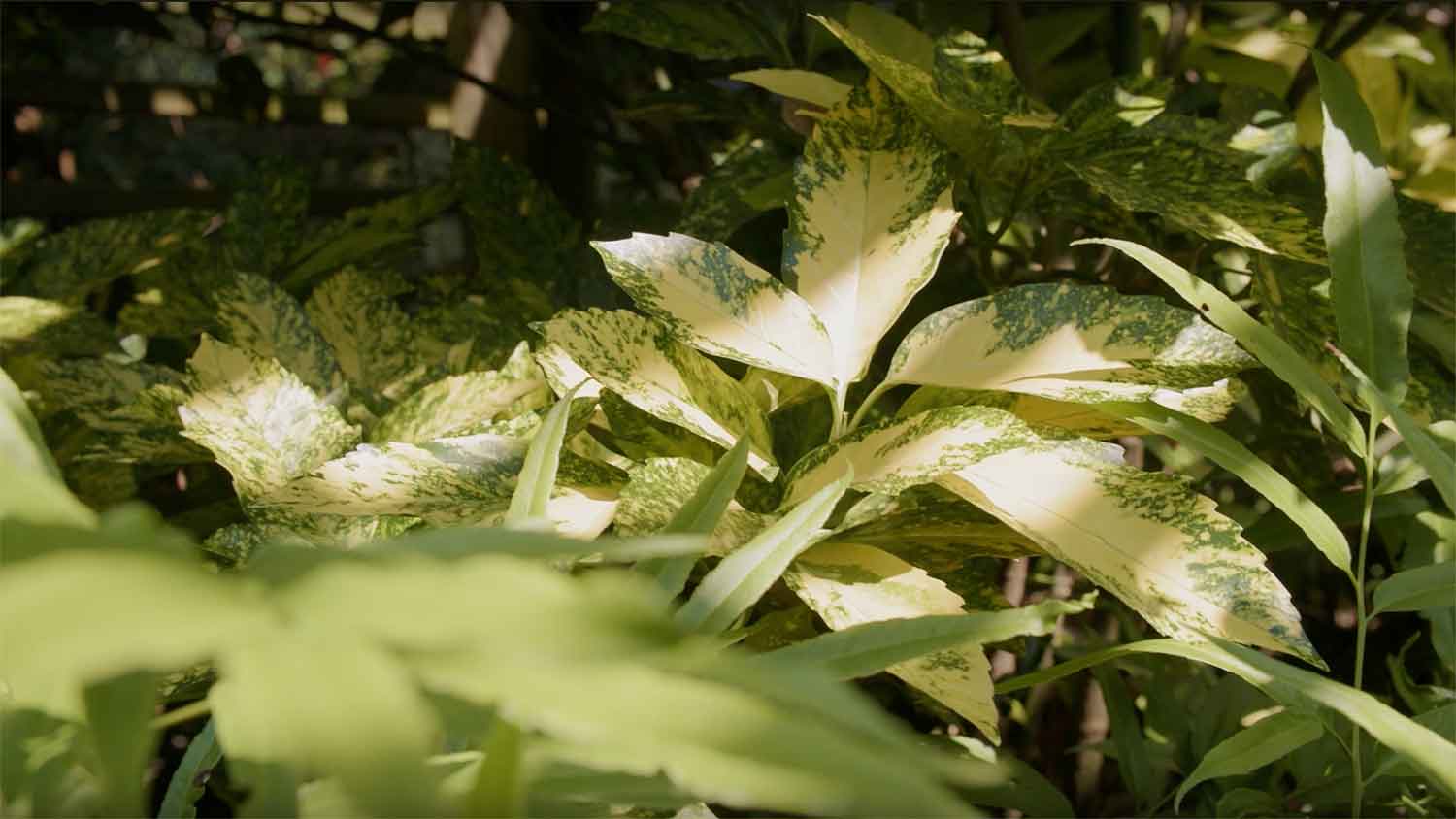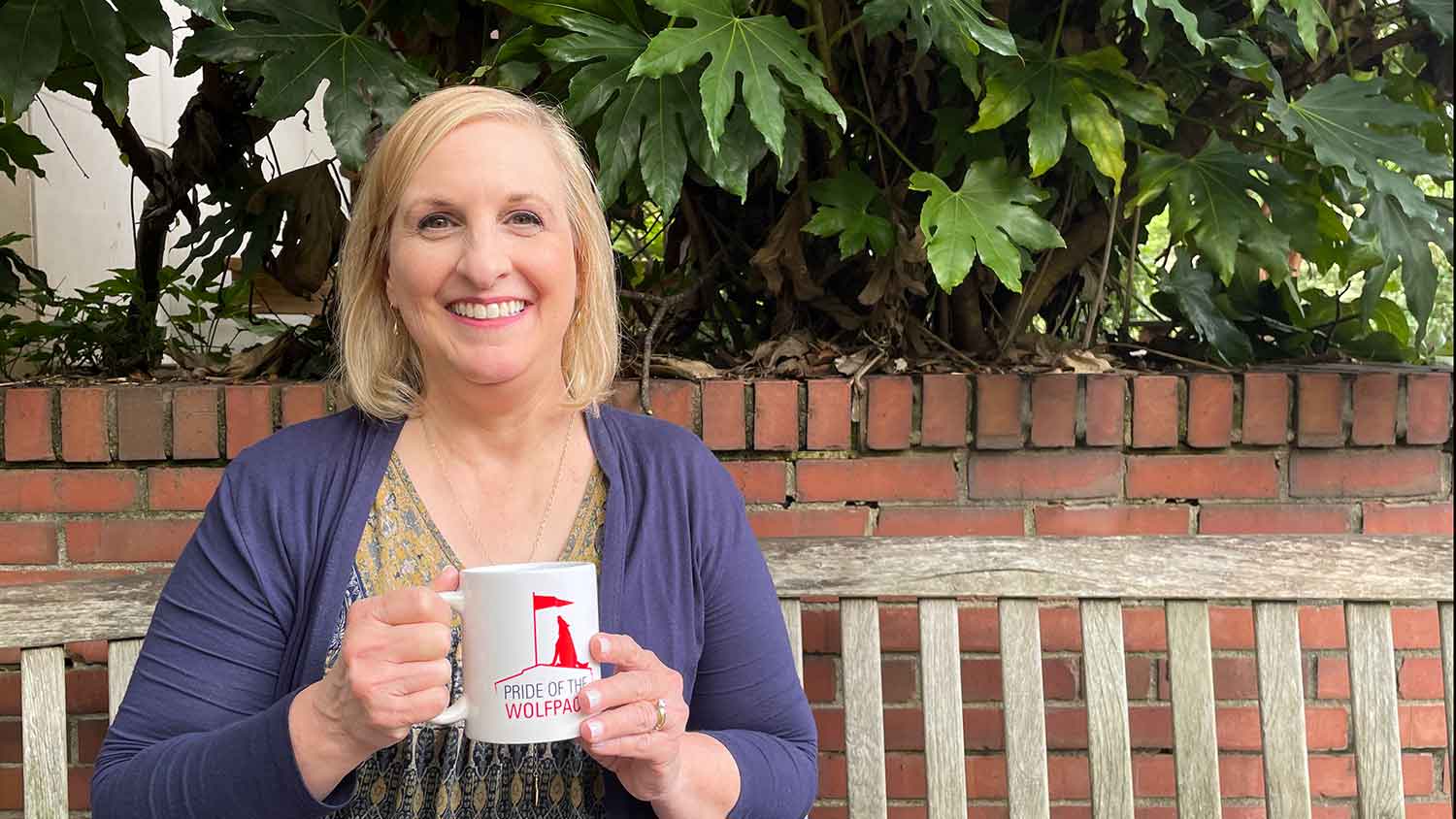How to Buy Cut Flowers Locally

Many consumers aren’t aware that 80% of the cut flowers purchased in the U.S. are imported from countries like the Netherlands, Colombia, Ecuador, and Kenya. Many also don’t understand the benefits of buying locally grown flowers — or at least buying flowers from local sellers.
To help educate our readers, we asked Melinda Knuth, Assistant Professor in the Department of Horticultural Science, to answer some questions and demystify buying cut flowers locally.
What are the top three reasons consumers should buy local flowers?
- Buying local flowers promotes and strengthens the local economy.
- Additionally, buying local flowers allows for more specialty selection since some flowers, such as dahlias, do not transport well. They can only be found locally.
- Lastly, it could help reduce the carbon footprint of the flowers because they do not have to travel as far.
How can consumers ensure they’re buying the freshest flowers from their local florist?
Ask the florist when the flowers came in. A well-handled flower will last the consumer 10–14 days at home.
Make sure your florist has tidy coolers, the water in the floral vase is clean, and that you know how to properly use “flower food” that comes with the flowers. This is a food solution that will help them last as long as possible.
What are some places to avoid buying flowers from and why?
I wouldn’t say that there is a place to avoid. Sometimes the freshest flowers are purchased on the side of the road (i.e. next to the field). Each type of location has advantages and disadvantages.
Care and handling of the flowers is very company-specific. The best tip I have is to make sure you’re purchasing from a location that is clean and where the staff is knowledgeable. If they don’t engage with you on how to care for your flowers, beware!
When online floral retailers advertise discounts on flowers, are consumers actually getting a good deal compared with buying local? Why or why not?
Again, this is company-specific. Usually, the deal is good. The reason for this is that the online company can source the flowers in bulk for a lower price than the local flower farmer can produce the flower.
Because their input costs are lower, they can sell their flowers for a lower price point and still be profitable. This isn’t pulling the wool over the consumer’s eyes –– this is just pure market engagement.
What are three examples of local flowers that are truly associated with a city or region?
Dahlias, zinnias, and ranunculuses are almost exclusively grown locally. They do not transport long distances (in boxes) well. Therefore, when you see them they are probably from a location very close to you.
The easiest way to find the most local, fresh flowers is to frequent farmer’s markets. Your local farmers are there. Additionally, they will be fresh. The farmers usually cut the flowers the night before or the same day as they sell them.
Some cities, like here in Raleigh, are flower farmer-friendly. Supermarket chains will buy flowers from local farmers and sell them in the stores to consumers. Check with your local stores to see if they do the same.
Originally published (2022, April 21). 2022’s Best Cities for Local Flowers. Lawn Care Blog | Lawn Love.
Get the latest Horticultural Science News
Sign up to receive monthly news and updates from the Department of Horticultural Science straight to your inbox.


